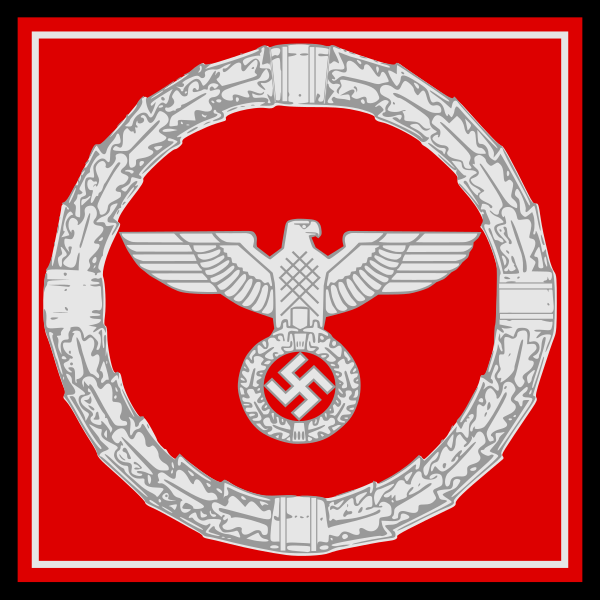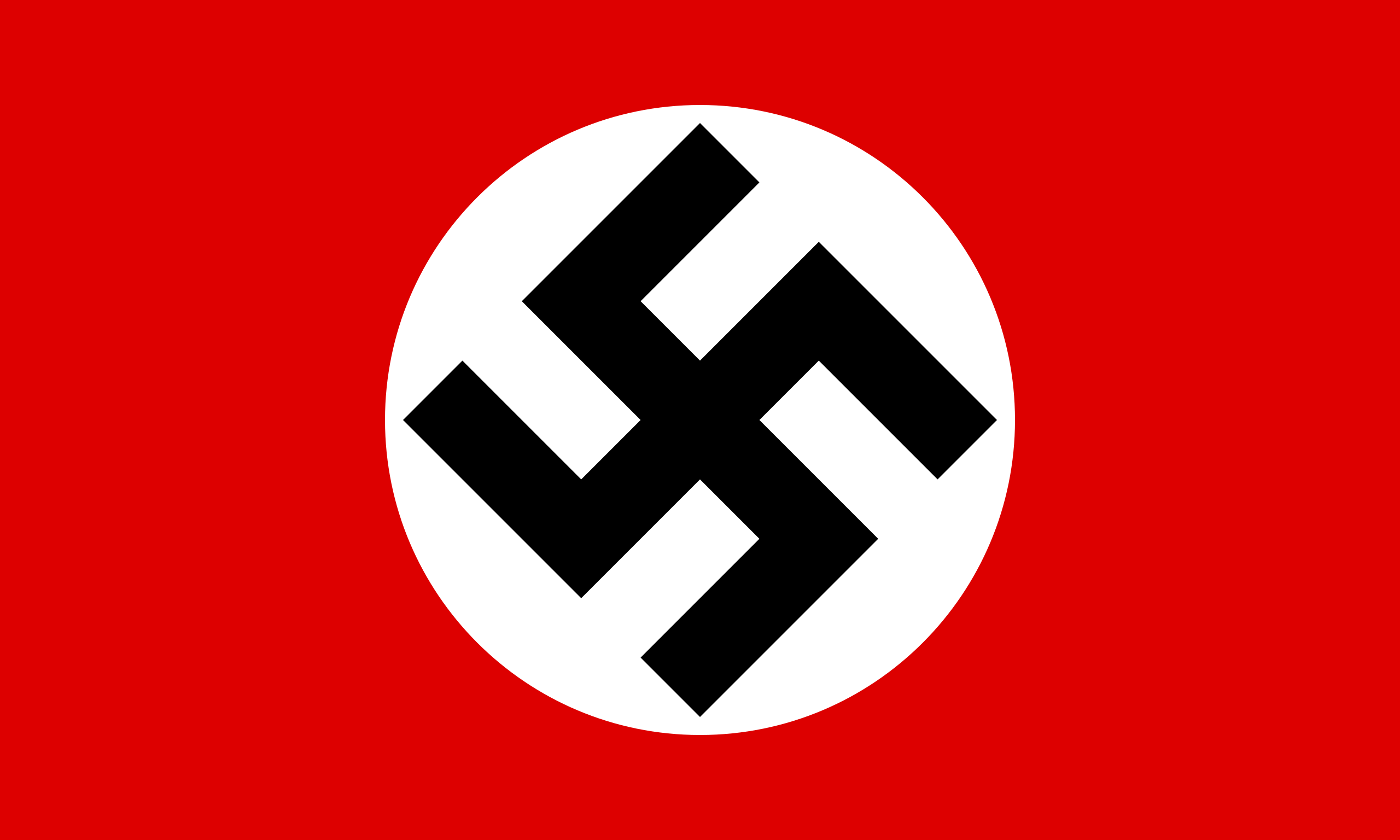
Emblem of the Nationalsozialistische Deutsche Arbeiterpartei
National Socialist German Workers’ Party (NSDAP) – 1946
By 1946, the NSDAP is the sole ruling force within the Greater Germanic Reich and the ideological foundation of the new European order. Far beyond a traditional political party, it serves as a unifying national institution—guiding culture, education, governance, and military loyalty.
Structure and Social Role
The party maintains a constant presence in public life. Advancement in civil service, education, and even industry is closely tied to party membership and ideological reliability. Through organizations such as the Hitler Youth, League of German Girls, and NS Women’s League, the NSDAP shapes citizens from childhood into loyal participants in the Volksgemeinschaft (people’s community).
The party also oversees the Ministry of Public Enlightenment and Propaganda and the Office of Racial Policy, ensuring that all information and education support the Reich’s long-term vision.
The Volkssturm under Party Command
Originally raised in the final years of the war, the Volkssturm—a national militia composed of civilians, veterans, and youth—is now fully integrated into the party structure. It serves as both an ideological reserve force and a local internal security unit under direct NSDAP supervision. In rural areas and border zones, Volkssturm battalions act as political watchdogs, guardians of loyalty, and emergency defense units.
Ideological Role
- Racial unity and cultural hierarchy.
- Anti-communism and rejection of liberal decadence.
- Discipline, loyalty, and sacrifice for the Volk and the Reich.
- European unity, under German leadership, through a shared destiny rooted in heritage and order.
Outlook
With Europe largely pacified and integrated, the NSDAP now focuses on building the cultural and institutional foundations of a "millennial Reich." Its leadership sees the coming decades as a time of ideological consolidation, technological advancement, and demographic renewal—guided by national-socialist principles and protected by loyal party structures across the continent.


Personal Martin Boorman flag
Martin Ludwig Bormann – The Reich’s Silent Administrator
Martin Bormann (1900– ) is one of the most influential figures in the postwar German Reich. As Head of the Party Chancellery, he manages the internal operations of the NSDAP with quiet precision and unwavering loyalty to the Führer.
Rising through the party ranks during the 1930s, Bormann became Hitler’s closest administrative aide, controlling access to the Führer and shaping internal party policy. After the Axis victory, he solidified his position as the chief architect of domestic governance, ensuring absolute coordination between party and state.
By 1946, Bormann oversees appointments, propaganda strategy, and the ideological integrity of the Reich. He also plays a key role in managing the Volkssturm and ensuring political conformity across occupied Europe.
Though rarely seen in public, Bormann is portrayed as the model of discipline and efficiency—the silent force behind the Reich’s stability and unity.

Example of the Uniforms of the Volkssturm
